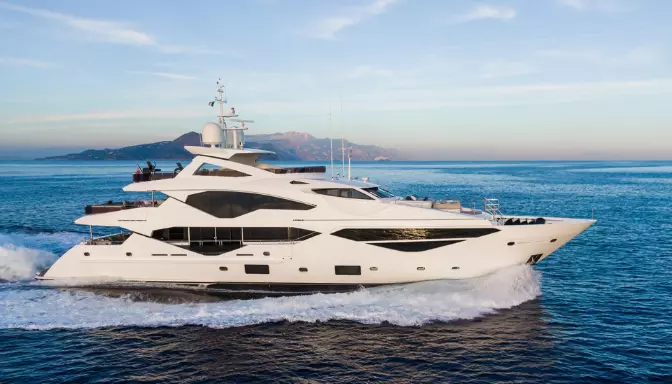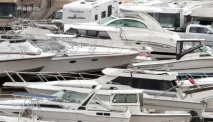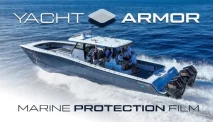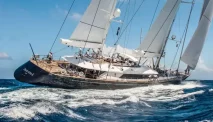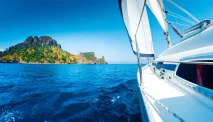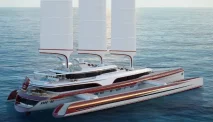Here are some of the most common and important ones:
- Hull: The hull is the main body or frame of a watercraft that provides buoyancy and stability. The hull can be made of various materials, such as wood, metal, fiberglass, or plastic. The hull can have different shapes, such as flat, round, or V-shaped, depending on the watercraft’s design and performance.
- Deck: The deck is the flat surface or floor of a watercraft that covers the hull. The deck can have different levels or sections, such as the foredeck, the aft deck, the main deck, the bridge deck, etc. The deck can also have various structures or fittings, such as the mast, the boom, the cockpit, the cabin, the helm, the anchor, etc.
- Keel: The keel is the long and narrow extension of the hull that runs along the centerline of the watercraft. The keel serves as the backbone or spine of the watercraft, providing strength and stability. The keel can also have a fin or a bulb at the bottom, which helps to balance and steer the watercraft, especially in sailing yachts.
- Rudder: The rudder is the movable blade or plate that is attached to the stern or rear of the watercraft. The rudder is used to control the direction or course of the watercraft, by turning it left or right. The rudder can be operated by a steering wheel, a tiller, a joystick, or an autopilot.
- Propeller: The propeller is the device that consists of blades or fins that rotate around a hub or shaft. The propeller is used to propel or drive the watercraft forward or backward, by pushing or pulling the water. The propeller can be powered by an engine, a motor, or a turbine. The propeller can be located at the bow or front, the stern or rear, or the sides of the watercraft, depending on the type and design of the watercraft.
These are some of the basic and essential terms that you need to know when you are talking about yachts and boats. Of course, there are many more terms and concepts that you can learn and explore, as the world of nautical terminology is vast and rich.
